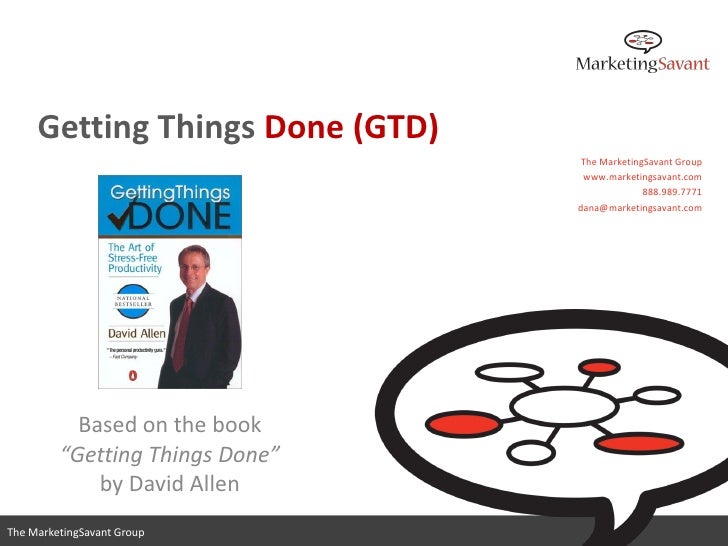


They rely on the standard model of students writing actual code, struggling with errors and staring at screens. While there are all sorts of contemporary efforts to make programming accessible - through a focus on graphic experimentation and the like - these efforts typically approach the problem very literally. One of the major challenges in teaching computational art to creative arts students lies in finding effective means to convey features of system, algorithm and instruction in an interesting and engaging manner. Note: this paper has been prepared as a background reader for an undergraduate lecture on technology and education. The paper is focused on the links between social contexts, pedagogical approaches associated with technologies, and their purposes and theories. These pedagogical approaches are 1) learning through constructing, 2) learning through interacting, 3) learning through connecting, and 4) learning through programming.
Getting things done software#
Second, I then explore four major ways in which software technologies have been conceived in relation to pedagogical approaches in education. First, I describe two major contexts against which the links between education and technology need to be understood: the argument that we are now living in a world of networks and that as a result of networks we have seen the emergence of a “global knowledge economy” which appears to require a different approach to education. How can we understand education, and the roles of schools and teachers, in the “softwarised” context of the early 21st century? In this paper I focus on the issue of what software and technology really mean for education. Keywords: personal productivity, personal information management, time management, task management, praxeology, situated and embodied cognition, stigmergy, information overload. Finally, inspired by the concept of stigmergy, we propose an extension of GTD to support collaborative work. We show how these principles are practically implemented in GTD, with its focus on organizing tasks into ‘actionable’ external memories, and on opportunistic, situation-dependent execution. The conclusion is that the brain heavily relies on the environment to function as an external memory, a trigger for actions, and a source of ‘affordances’, disturbances and feedback. We first summarize GTD with the help of a flowchart, and then review the theories of situated, embodied and distributed cognition that purport to explain how the brain processes information and plans actions in the real world. This paper argues that recent insights in psychology and cognitive science support and extend GTD’s recommendations. At Menlo Innovations, the GTD skills not only generated results, but also reduced stress and increased joy in the workplace.In 2001 David Allen proposed ‘Getting Things Done’ (GTD) as a method for enhancing personal productivity and reducing the stress caused by information overload.

Teams that have a shared process for managing and executing work foster cultures of trust and engagement.

They also reported a strong correlation between their new GTD skills and a positive trend in customer feedback. 96% said GTD helped them improve their daily effectiveness or ability to execute and stay on course.Īt MasterControl, 80% of GTD graduates said they are better at processing their email inbox. VitalSmarts research shows people who use the GTD skills are 55 times less likely to say they start projects that never get finished and 18 times less likely to say they often feel overwhelmed.Īt Qualtrics, 100% of GTD graduates improved their ability to hit deadlines and deliver on commitments. They also report that their new time management skills save them an average of 21 to 40 minutes EACH DAY. Nine of ten GTD graduates report permanently changing a time-management behaviour. On the other hand, teams that have a shared process for managing workflow foster trust, engagement, and efficiency. Research shows that when just one or two team members make even small fumbles, team productivity is cut by an average of 24 percent. Organizational success requires the attention and skill of every team member. Combining David Allen’s research with VitalSmarts’ powerful and proven instructional design, Getting Things Done has helped training graduates and clients improve efficiency, workplace productivity, engagement, and more.


 0 kommentar(er)
0 kommentar(er)
